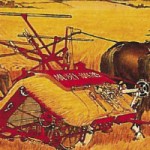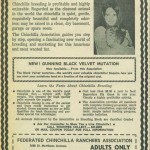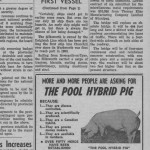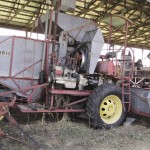
Our History

Victory in Europe, economy on the homefront
Our History: October & November 1945

Boissevain men’s wear store still going strong after a century in business
Service and honesty are the keys to success for one of rural Manitoba’s few remaining family-owned and -operated retail clothing stores

‘Binder Wars’ changed Prairie farming
Hand tying stooks effectively limited a single farmer to 25 acres and the invention of mechanical binders was a game changer for both producers and the farm equipment industry

OUR HISTORY: August 1970

Our history
Aug. 1, 1968

Brandon was worth the trip — if you were looking for draft horses
Many of the leading horse dealers in the country made their home in Brandon and brought in stallions and mares from Europe, Ontario and the U.S.

The Massey 101 was one cool machine
Stylish and powerful, the redesigned tractor won the affections of farmers across the country

The legend of John Ramsay: kindness in the face of tragedy
Betsey Ramsay’s grave lies near the long-deserted settlement of Sandy Bar in the RM of Bifrost

A game changer in grain farming
Australian engineer Tom Carroll was convinced that self-propelled combines were the way of the future


